![]()
![]()
![]()
Use LEFT and RIGHT arrow keys to navigate between flashcards;
Use UP and DOWN arrow keys to flip the card;
H to show hint;
A reads text to speech;
53 Cards in this Set
- Front
- Back
- 3rd side (hint)
|
What are the four pirmanry aspects of emotion?
|
Feeling
Physiological arousal Actions Motivational programs |
|
|
|
What does feelings refer to?
|
private and subjective experience of an emotional state
|
|
|
|
What is physiological arousal?
|
activation of distinct somatic and autonomic systems.
|
|
|
|
What does actions refer to?
|
the behavior that accompanies a particular emotional feeling, such as attacking or fleeing.
|
|
|
|
What are motivational programs?
|
they provide superordinate coordination of responses in order to solve specific adaptive problems.
|
|
|
|
strong emotion—such as butterflies in the stomach, dry mouth, blushing—are attributable to activity in the...
|
Autonomic nervous system
|
|
|
|
The James–Lange theory
|
According to this theory, emotions are perceived when we experience the bodily sensations that are triggered by particular stimuli.
|
|
|
|
What are the four pairs of opposing emotions as identified by Plutchik?
|
1. Joy versus sadness
2. Acceptance versus disgust 3. Anger versus fear 4. Expectation versus surprise |
|
|
|
According to the scheme of opposing emotions (which can be diagrammed to resemble the color solid), the extra dimension that provides nuances of emotion (such as pleasure versus ecstasy) is?
|
Intensity
|
|
|
|
What are Superficial facial muscles?
|
connect to the facial skin and act as sphincters, changing the shape of facial features. Examples are the muscles that move the lips or eyebrows. This category of muscle is controlled by the facial cranial nerve.
|
|
|
|
What are Deep facial muscles?
|
2. move skeletal structures, such as the masseter muscle that moves the jaw and which is controlled by the motor branch of the trigeminal cranial nerve.
|
|
|
|
The superficial facial muscles of the left lower face are controlled by what part of the brain?
|
motor cortex of the right hemispheres(s)
|
|
|
|
Chronic selective inhibition of the facial musculature occurs in what kind of patients?
|
Parkinson's disease and schizophrenia.
|
|
|
|
Symptoms of Bell's Palsy include...
|
drooping eyelids and mouth, usually on one side only.
|
|
|
|
Evolutionary perspective of emotions?
|
emotions can be thought of as motivational programs that organize behavior in adaptive ways. According to this view, emotions have been shaped through the process of natural selection.
|
|
|
|
Surprise emerges at what stage?
|
4 to 6 months
|
|
|
|
Pleasure emerges at what stage?
|
0 to 3 months
|
|
|
|
Self-awareness emerges at what stage?
|
18 to 24 months
|
|
|
|
Anger emerges at what stage?
|
4 to six months
|
|
|
|
Sadness emerges at what stage?
|
0 to 3 months
|
|
|
|
Fearfulness emerges at what stage?
|
7 to 9 months
|
|
|
|
Disgust emerges at what stage?
|
0 to 3 months
|
|
|
|
the internal feeling of aggression consists of ?
|
hate, and a desire to inflict harm on another individual.
|
|
|
|
Decorticate Rage
|
Removal of the isocortex of dogs
sometimes called sham rage, because the behavior is not directed at particular environmental targets. These findings suggest that rage reactions are generated by subcortical regions of the brain and moderated by cortical regions. |
|
|
|
Neuroeconomics
|
reveals the brain regions active during decision making
|
|
|
|
A group of brain regions within the limbic system.
|
Papez circuit
|
|
|
|
dyscontrol syndrome
|
A condition consisting of temporal lobe disorders that may underlie some forms of human violence.
|
|
|
|
individual response stereotypy
|
The tendency of individuals to show the same response pattern to particular situations throughout their life span.
|
|
|
|
Nueroeconomics
|
The study of brain mechanisms at work during economic decision making.
|
|
|
|
Alarm reaction
|
The initial response to stress.
|
|
|
|
stress immunization
|
The concept that mild stress early in life makes an individual better able to handle stress later in life.
|
|
|
|
A collection of axons traveling in the midline region of the forebrain.
|
medial forebrain bundle
|
|
|
|
A group of nuclei in the medial anterior part of the temporal lobe.
|
The amygdala
|
|
|
|
A loosely defined, widespread group of brain nuclei that innervate each other to form a network. These nuclei are implicated in emotions.
|
limbic system
|
|
|
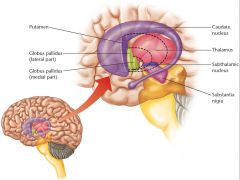
|
motor cortex
|
|
|

|
Mammalian basal ganglia are associated with a variety of functions: motor control, cognition, emotions, and learning
|
variety of functions
|
|
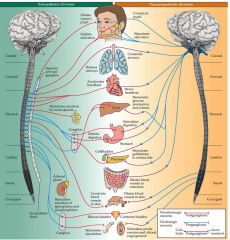
|
autonomic nervous system
|
|
|
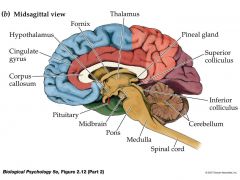
|
parts of brain
|
|
|
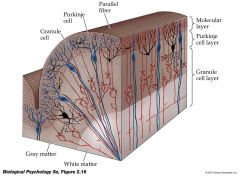
|
cells in cerebellum
|
|
|
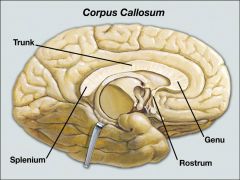
|
corpus collsum
|
|
|
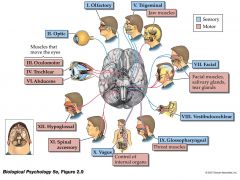
|
cranial nerves
|
|
|
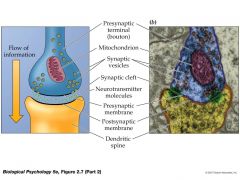
|
synapse
|
|
|
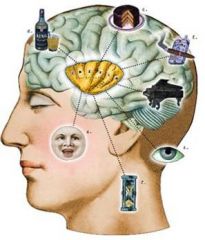
|
insula
|
|
|
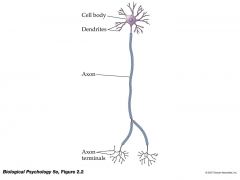
|
parts of nueron
|
|
|
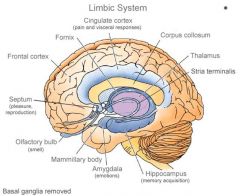
|
cingulate cortex
|
|
|

|
blood supply to brain
|
|
|
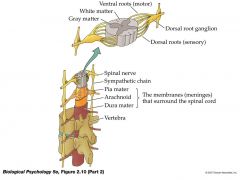
|
spinal nerves
|
|
|
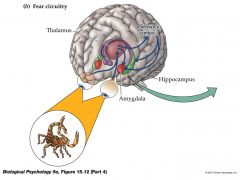
|
perform a primary role in the processing and memory of emotional reactions, the amygdalae are considered part of the limbic system.[3]
|
fear curcuit
|
|

|
nerves and muscles
|
|
|
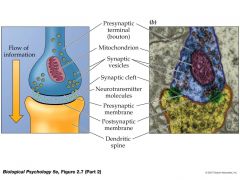
|
synapse
|
|
|
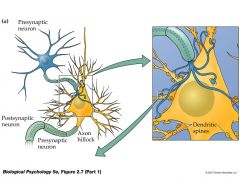
|
synapse
|
|
|
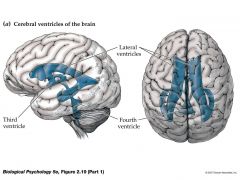
|
ventricles
|
|
|
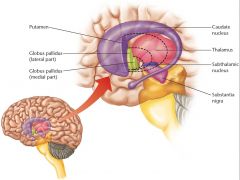
|
putamen
|
|

